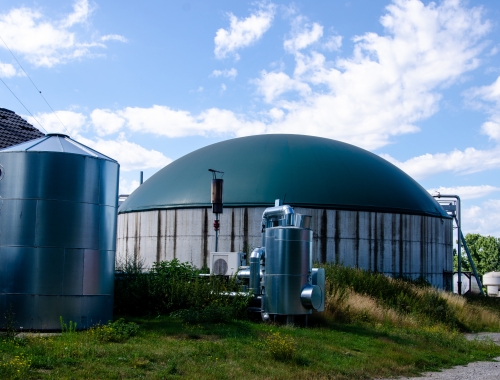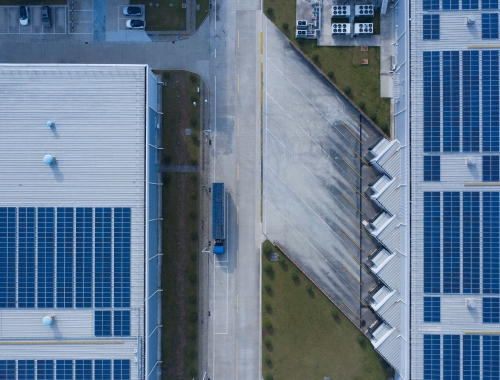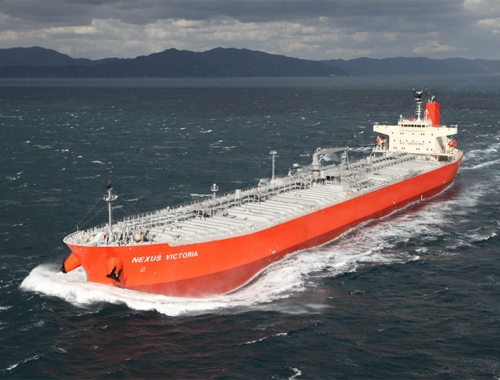Germany sets out plainer role for blue hydrogen in transition plan
SUMMARY
The acceptance of blue hydrogen is now explicit.
By Joseph MurphyGermany has softened its stance on blue hydrogen, derived from natural gas, in its updated national hydrogen strategy unveiled last month, after previously largely rejecting this means of producing the fuel in favour of green hydrogen, made from water using renewable energy-powered electrolysis.
The shift in position on blue hydrogen, where CO2 emitted during the steam methane reforming (SMR) process is captured and stored, is seen as a recognition that green hydrogen alone will not be able to sufficiently meet the country’s import needs.
As EU energy analyst Charlotte Bucchioni at Capstone notes, Germany’s original 2020 hydrogen strategy “only implicitly accepted low-carbon hydrogen through to 2030 to help kickstart the market, leaving substantial grey areas and no funding commitments.”
The revised strategy, on the other hand, “confirms the role of blue hydrogen in Germany’s energy transition due to the current insufficiency of green hydrogen,” while also allowing room for other low-carbon options such as pyrolysis-based turquoise hydrogen and waste-based orange hydrogen, as long as they meet the 70% threshold for reducing greenhouse gas (GHG) emissions.
“Against this backdrop, we see upside for blue hydrogen producers looking to export to Germany and benefit from demand-side incentives such as climate protection contracts,” Bucchioni concludes. “These provide a payout to offtakers of green and low-carbon hydrogen (which includes blue hydrogen) based on the EU carbon price.”
This is in part a reflection of the preference towards blue hydrogen of would-be suppliers to Germany – namely Norway. Under an agreement reached in January, Norway’s state-owned Equinor agreed to supply German energy utility RWE with 2 GW of blue hydrogen via pipeline by 2030, rising to 10 GW by 2038. Only gradually will Norway complement and eventually replace this blue hydrogen with green hydrogen, according to the plan.
“In order to realise the fastest possible high-volumes of hydrogen with zero or low-emissions, we will jointly plan the use of hydrogen produced from natural gas with carbon capture and storage (blue hydrogen) for a transition period,” the Norwegian and German governments said in a joint statement at the time. “In this context, we will ensure environmental and climate integrity by establishing for example the highest possible standards for carbon capture and storage.”
Germany’s vice chancellor and minister for economic affairs and climate action, Robert Habeck, said he saw blue hydrogen as necessary to cut CO2 emissions quickly, even though his Green Party has traditionally been skeptical of this option for the fuel’s production.
“As long as we have no other alternative, we can’t just ‘wait and see’ any longer,” he told a press conference in January. “If you ask me, I’d rather put CO2 in the ground than in the atmosphere.”
The German government plans to define criteria around the storage and use of CO2 captured when blue hydrogen is produced. Currently defined environmental standards only exist for green hydrogen at the EU level, and Germany and others are pushing for criteria to be established for blue hydrogen as well.
Norway also benefits from having significantly low upstream emissions associated with gas production, owing to stringent national regulations that have led to the widespread electrification of platforms, a zero policy on routine flaring and a strong focus on avoiding methane emissions. A 2021 study by Rystad Energy on behalf of the Norwegian Oil and Gas Association (NOGA) estimated that Norwegian gas had the lowest CO2 emission intensity for gas supplied to Europe.
Despite setting out a clearer role for blue hydrogen, Germany is also upscaling its domestic production targets for green hydrogen, wary of an overreliance on imports. It has doubled the 2030 target for electrolysis capacity from three years ago, to 10 GW – corresponding to 25 TWh of annual green hydrogen production. The strategy notes that while direct government subsidies for domestic production will remain limited to green hydrogen, applications using blue and other forms of low-carbon hydrogen can now be supported during the hydrogen market’s ramp-up phase.
Even so, 50-70% of the projected 95-130 TWh of annual hydrogen demand by 2030 will still have to be covered with imports, according to the strategy, and the share will continue to rise after that, presenting significant opportunities for both blue and green hydrogen suppliers alike.
The government is due to publish a separate hydrogen import strategy later this month. The strategy notes that “the exchange with Norway and Denmark is already further advanced, but talks have also been held with Finland and Sweden as well as Austria, Italy and France.”
To have the Norwegian pipeline up and running by the end of the decade, “we will need to get started on the technical details by 2025,” Habeck said at the strategy’s release.
In addition to Norway, Germany has also signed hydrogen cooperation agreements with countries including Canada, the UAE and Australia – all of which are focused on initially delivering blue rather than green hydrogen to the international market.








